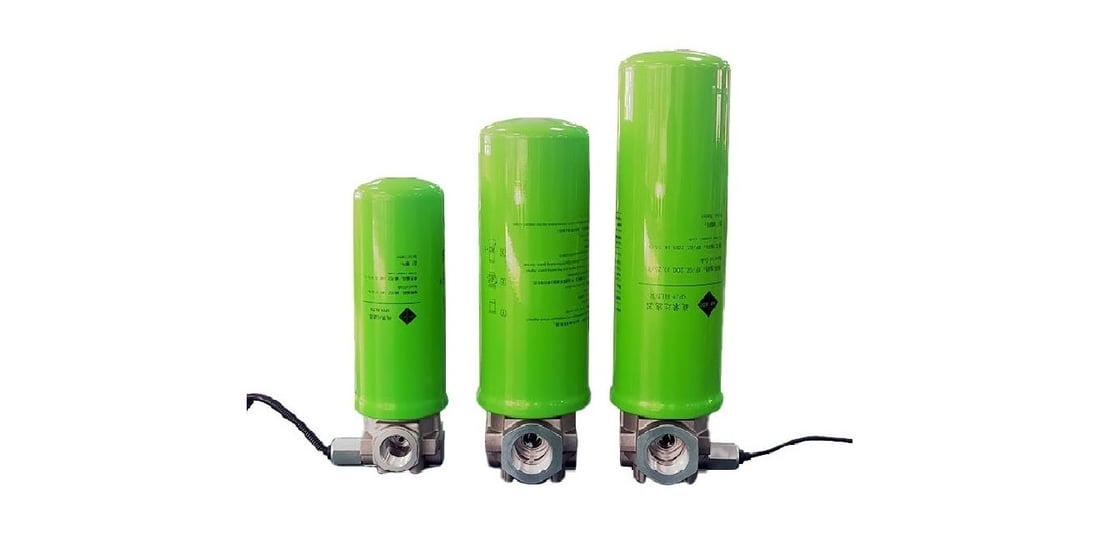Filtration accuracy refers to the pore size of the filter element, that is, the size of the largest particle that is allowed to pass through the filter material when the solution containing impurities passes through the filter material.
Filtration accuracy is a key parameter to measure the performance of the filter, which directly affects its filtration efficiency and the quality of the filtered product. Filtration accuracy is usually expressed in micrometers (μm), but also in mesh or other units. The details are as follows:
1. Classification of filtering accuracy:
(1) The filtration accuracy is divided into several grades, including but not limited to: 0.00004μm, 0.0001μm, 0.0002μm, 0.0004μm, 0.0006μm, 0.0008μm, 0.001μm, etc. These grades correspond to different filtration efficiency and test methods.
(2) The nominal accuracy is any micron value given by the manufacturer, due to poor repeatability of the test results, this filtering accuracy has been gradually not used. Absolute accuracy Under certain test conditions, the largest spherical particle diameter that can pass through the filter represents the most of the filter element
Large aperture size.
2. Filter ratio and β value
(1) Filter ratio refers to the ratio of the number of particles greater than a given size (X) upstream of the filter and the number of particles greater than the same size (X) downstream, also known as Bate value, symbol "β". Pall Athalon filter element has a filtration ratio of βx(c)>2000, with high filtration efficiency.
(2) The β value reflects the filter's interception efficiency for particulate-size particles. For example, in aircraft hydraulic systems, filter performance is measured by beta values.
3. Various detection methods
(1) The bubble point method assumes that the microporous film is composed of many round capillary pores, and the filtration accuracy is determined according to the pressure of the bubble point.
(2) The filtration efficiency is controlled by the pore size and pore size distribution of the membrane, and different filtration accuracy determines different filtration efficiency.
(3) The bacterial challenge method is used for the debacteria-grade filter element, which requires specific bacteria to be challenged for certification, such as the defective Pseudomonas challenge for the filter element with 0.22μm filtration accuracy.
(4) The approximate pore size of the filter membrane can be intuitively calculated through the electron microscope photos, but there will be differences due to different sampling points.
4. Application of the filter element in different fields
(1) In the automotive filter industry and fuel system, filtration accuracy is also an important consideration.
In the life sciences and industrial sectors, customers select the right filtration solution for their critical fluid management needs.
5. Understanding of market status
(1) In the domestic market, the understanding of filtration accuracy is confused, and the standard method is also different.
(2) The filtration accuracy is determined by the manufacturer through certain testing means according to certain standards, including the filter element aperture, the particle interception efficiency and the bacteria interception ability.

